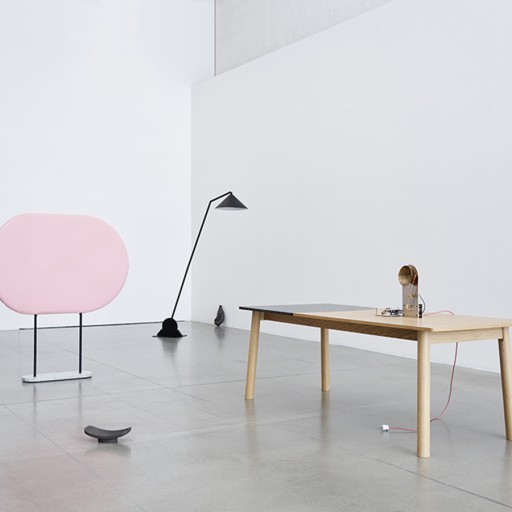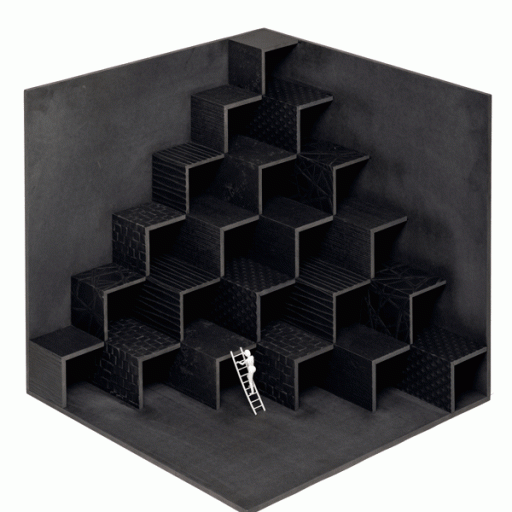Bioconstruction is in fashion. Who wouldn’t like a healthy house? One only has to look to the past to find sustainable materials to use, that are natural and locally produced, just like the ones our grandparents our grandparents used. Below you’ll find some of these materials, which are long-lasting, free from toxins, and recyclable. This is important in bioconstruction, as it allows us to reduce the carbon footprint of the building and to look after your own health too.
A house of straw
You won’t find yourself suffering the fate of the first little pig with Basque company Ecopaja. Their ecoefficient houses made from units of straw, on display at the last Berdeago Bioconstruction Exhibition, won us over. Larixhaus is another example of a house designed and with a wooden and straw framework, but that also meets the requirements of the Passivhaus standard.
Bamboo
It may not be quite right for a house in Norway, but bamboo construction is perfect for Asian climates. In Bali, we can find fabulous examples creates by IBUKU such as this kindergarten, and many more at the first-ever International Bamboo Architecture Biennale, which took place in China in 2017.
Hand-made mud house
The Rudrapur School in Bangladesh is an example of bioconstruction by hand. The architects Anna Heringer and Eike Roswag designed and built a school with the help of the locals. They used improved traditional methods and materials to contribute sustainability.
From adobe to superadobe
The existence of the Iberoamerican Network of Mud Architecture and Construction is proof of the demand to live in houses made primarily of mud and wood. Irani architect Nader Khalili went a step further and created the “super adobe,” which is able to withstand the toughest anti-seismic testing.



